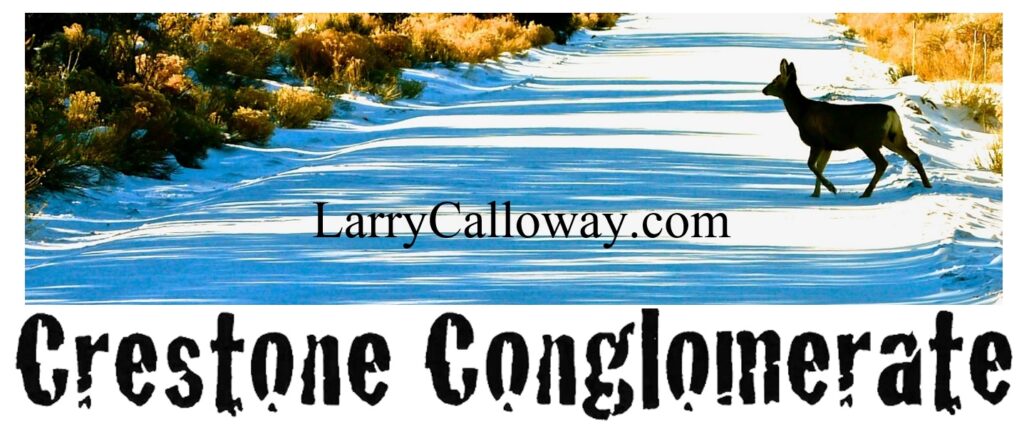When John Paul II died the TV commentators breaking the news seized upon a fact in his biography that I had missed all these years: in his youth in Krakow he had done some stage acting, including courageous underground performances during the Nazi occupation.
TV presenters are actors, so their emphasis figured. But in some standup eulogies it became an implicit character analysis: “He started out to be an actor.” And this segued nicely into visuals of the pope as rock star (Madison Square Garden in the beginning, Mile High Stadium toward the end when he was beginning to look old).
Tim Russert, a respectful Irish Catholic kid from Buffalo who had interviewed the pope, took the actor factor even further, saying that John Paul was a great actor not only “on the political stage” but also “on the spiritual stage.”
Spiritual stage?
This is the way we see things lately: that religion and politics employ the same skills. Of course at the White House, church and state are the same business. President Bush, with Laura at his side, took the full dramatic corridor walk in making his tribute to the late pope on live TV. And the White House put out the word immediately that the president himself would represent America at the funeral in Rome.
The statement was an ecumenical TV moment, I thought. Catholics and evangelical Protestants do not usually share the same stage – stone basilica versus glass megachurch. They have historic differences. But the way things go, the visual blurs the verbal. Cut to shots of Bush’s audience with John Paul during the political campaign last year. There were no clear sound bites of the papal criticism of the war in Iraq, including Abu Ghraib, and Bush’s support and use of the death penalty.
The overriding principle on which they agreed, at least in the Bush tribute, was the “culture of life,” i.e., the anti-abortion movement. The president went on to interpret the position of the leader of the Roman Catholic church as a commitment to protection of “the weak” by “the strong.”
The TV pronouncement served the president-as-strict-father metaphor that the Republicans employ with such success, but it’s also ingenious in getting around the contradiction of valuing life while causing death. The hidden premise here let’s you kill “the enemy” in Iraq, torture “terrorists” at Guantanamo, or put murderers to death in Texas because. . . well, they are not “the weak.”
Terri Schiavo and five-day-old embryos are “the weak.” As I tried to say in the previous posting here, it’s all a ghost world – this world of flat video imagery turning real and theological-political actors clinging to it like hungry ghosts. (Save a ghost, the old koan goes.)
There was some hope in a news item that the demand for books by John Paul surged after his death. He will be on the bestseller lists, no doubt. He was a writer in the way that he was an actor. The New York Times obituary, which ran 21 computer takes, actually showed some research in this area. It mentioned “Fides et Ratio” (“Faith and Reason”), the 1998 papal encyclical that was John Paul’s most philosophical work.
I have not been able to absorb its 100 sections, but a core Western idea is quite familiar: Know thyself. It’s wonderfully fruitful. Like this: reason applied to the observable material world produces science, which at first glance seems to contradict faith. Thus the American evangelicals and their White House reject biology and evolution, which the Catholic Church under John Paul did not. Materialism is not the whole picture. Reason applied to the inner world – and it is not a ghost world – discloses faith.
In the future, I suppose, all communicators will be actors. But the ideas, not the acting, are what give meaning to our life, dreams, koans
